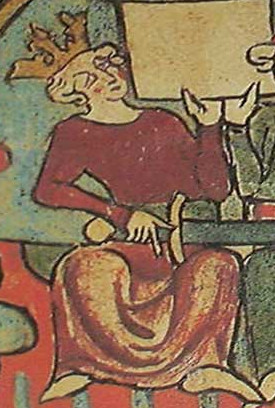|
Sigrgarðs Saga Frœkna
''Sigrgarðs saga frœkna'' (modern Icelandic ''Sigurgarðs saga frækna'', the saga of Sigrgarðr the Valiant) is a medieval Icelandic Chivalric sagas, romance-saga, described by Finnur Jónsson as 'all in all ... one of the best and most worthy of reading' of the Icelandic 'stepmother-sagas'. Plot and literary character The plot of the saga was summarised by Marianne E. Kalinke and P. M. Mitchell: :: Ingigerðr, queen of Taricia, and her two sisters, Hildr and Signý, are suffering from a spell placed on them by Hlégerðr, their father's concubine. No suitor can please Ingigerðr, while Hildr and Signý are turned into animals. When Sigrgarðr, a king's son, woos Ingigerðr, she repeatedly makes a fool of him. He leaves Taricia only to return disguised as a merchant. Ingigerðr outwits him when he attempts to abduct her by means of a flying carpet. Finally Sigrgarðr, posing as the viking Knútr, visits Ingigerðr with two foster-brothers. The three succeed in breaking the spel ... [...More Info...] [...Related Items...] OR: [Wikipedia] [Google] [Baidu] |
Chivalric Sagas
The ''riddarasögur'' (literally 'sagas of knights', also known in English as 'chivalric sagas', 'romance-sagas', 'knights' sagas', 'sagas of chivalry') are Norse prose sagas of the romance genre. Starting in the thirteenth century with Norse translations of French '' chansons de geste'' and Latin romances and histories, the genre expanded in Iceland to indigenous creations in a similar style. While the ''riddarasögur'' were widely read in Iceland for many centuries they have traditionally been regarded as popular literature inferior in artistic quality to the Icelanders' sagas and other indigenous genres. Receiving little attention from scholars of Old Norse literature, many remain untranslated. The production of chivalric sagas in Scandinavia was focused on Norway in the thirteenth century and then Iceland in the fourteenth. Vernacular Danish and Swedish romances came to prominence rather later and were generally in verse; the most famous of these are the Eufemiavisorna, them ... [...More Info...] [...Related Items...] OR: [Wikipedia] [Google] [Baidu] |
